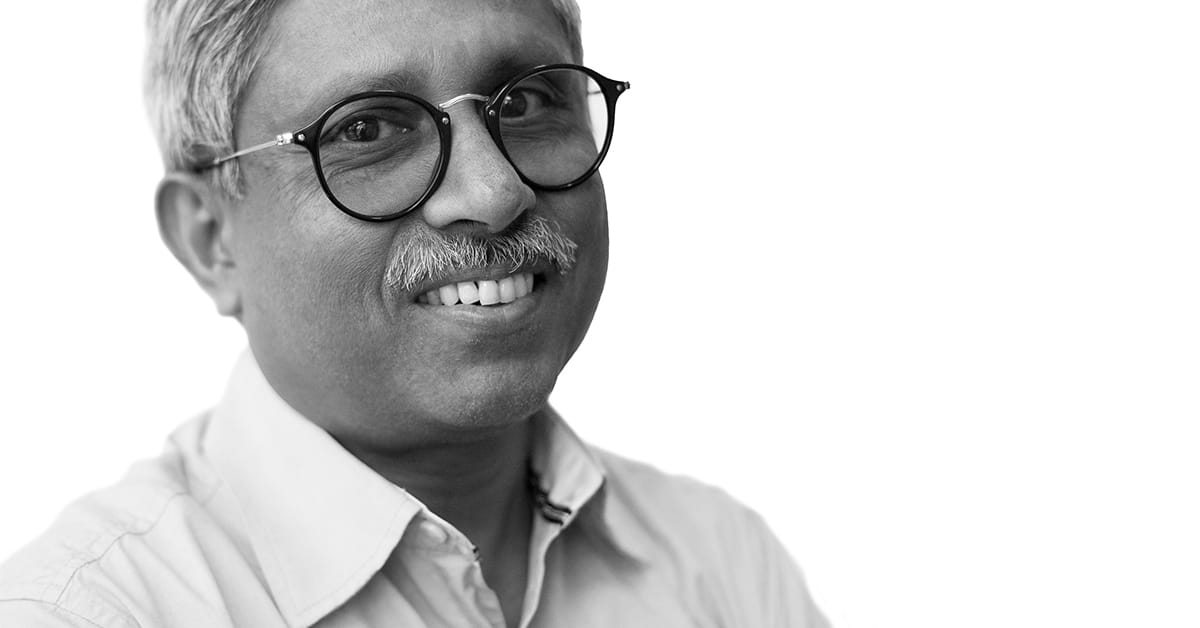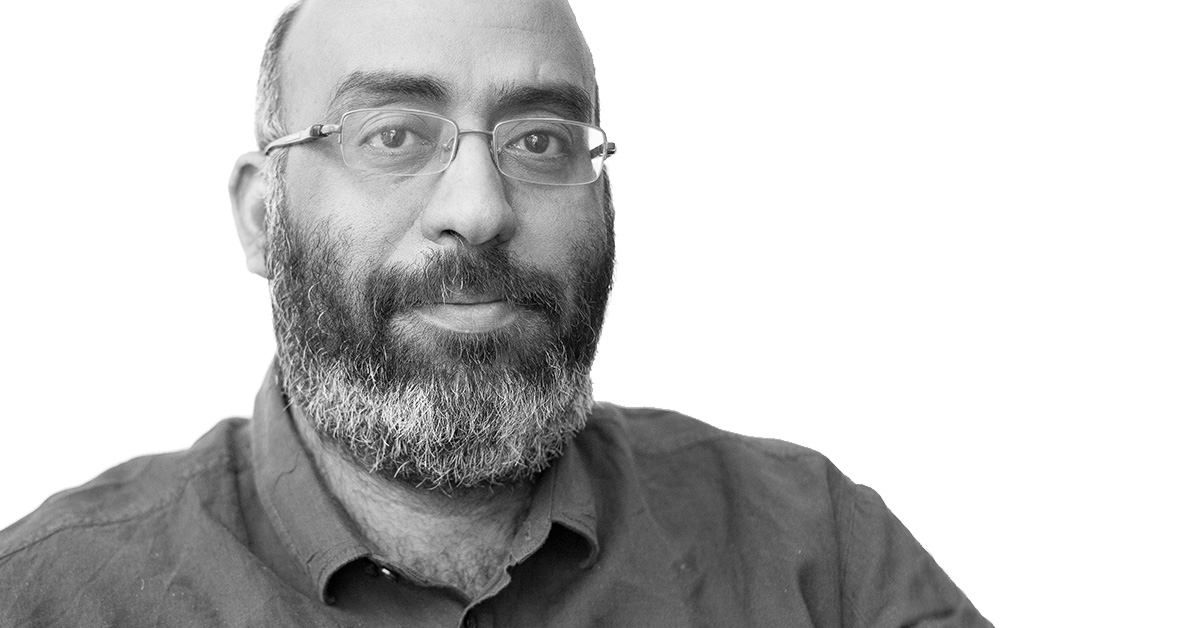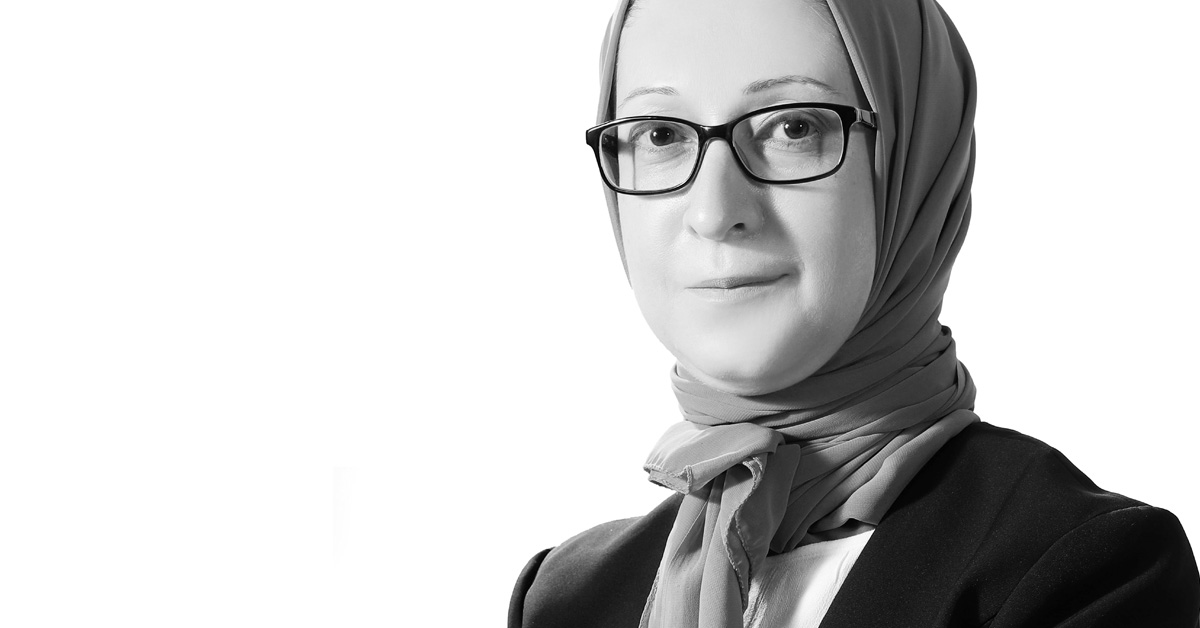
As a long-serving Lead Architect, Thaj has accompanied our evolution from hand-drawing to 3-D BIM technology. He says, “Working with Omrania has always been a challenging and continuous learning process. The management of the company strives to set uncompromised quality standards, and that has been the driving force for us to constantly be up-to-date.”
Why did you join Omrania?
My ambition was to work with a leading architecture firm, and joining Omrania fulfilled my aspirations.
What are your favorite projects you have worked on? And why?
NCCI Headquarters
This seemingly simple building offers lots of natural light and ventilation, and gives aesthetic pleasure. It was the first building in the Middle East to use a thermal energy storage system to minimize electrical consumption. It was also the first and last project in which we used SONATA software to develop the drawings.
Salam Park
The award-winning park is the first of its kind in Riyadh. A large urban park for the community! Local plants and materials are used. It has a beautiful lake, and is such a great place to spend your weekend.
MOWE Janadriah Exhibition
This building is a great example of environmentally responsible architecture. It is oriented to minimize afternoon heat load, and has photovoltaics and solar thermal panels to provide energy. It therefore shows visitors the best design practices for sustainable use of energy and water. It was also the first project in which I used BIM software, which has become standard.
What is your favorite part of the day at work?
Morning, a time for solving technical problems.
What do you like most about working with Omrania?
Working with Omrania has always been a challenging and continuous learning process. The management of the company strives to set uncompromised quality standards, and that has been the driving force for us to constantly be up-to-date. I joined the company as a draftsman, producing drawings with drafting pens and paper, and then reproducing the drawing with ammonia/blue print machine — all that is nostalgia now. The learning process is always continuous, from 2-D CAD to 3-D BIM and 3-D printing. Thanks to Omrania for keeping up with new tools and techniques, introducing new software to our work process, and encouraging us to be erudite in the new technology.
What is the most challenging part of the work?
Meeting hard deadlines without compromising the company’s quality standards.
If you were to recommend Omrania to a friend or colleague; what would you say?
Omrania is one of the best and most responsible architecture firms.







